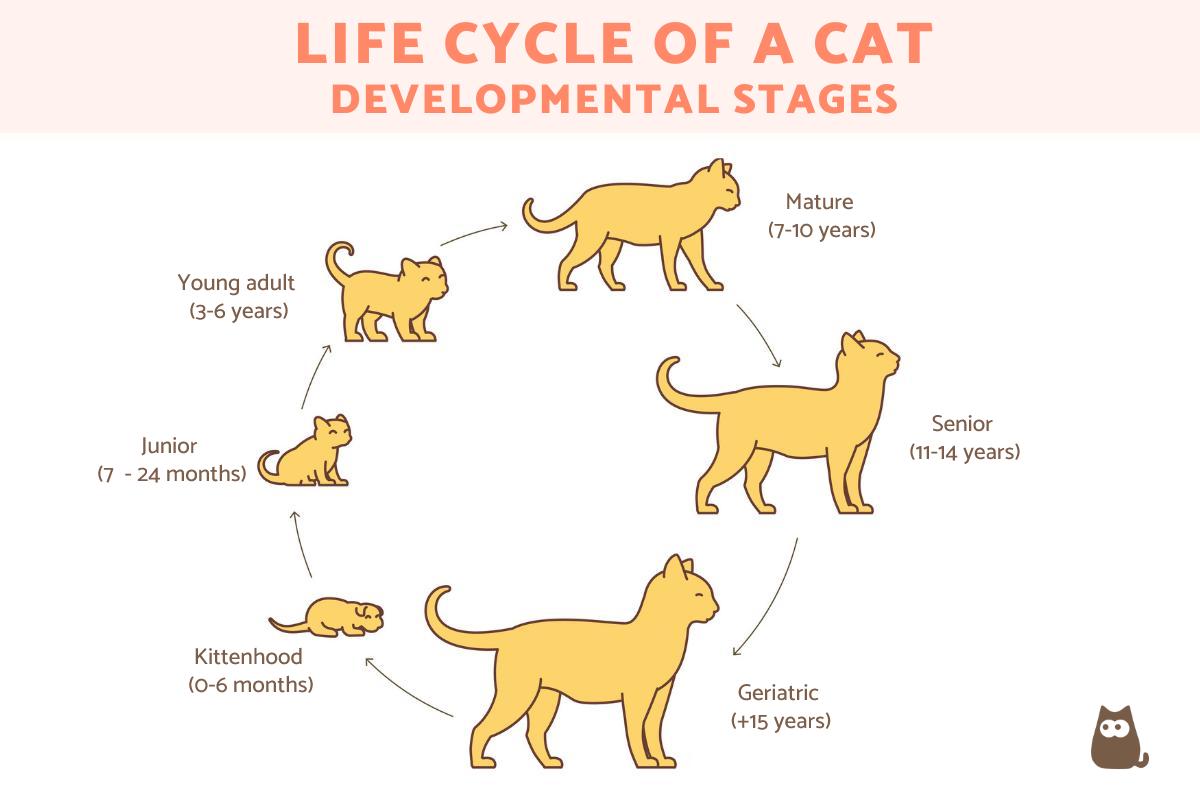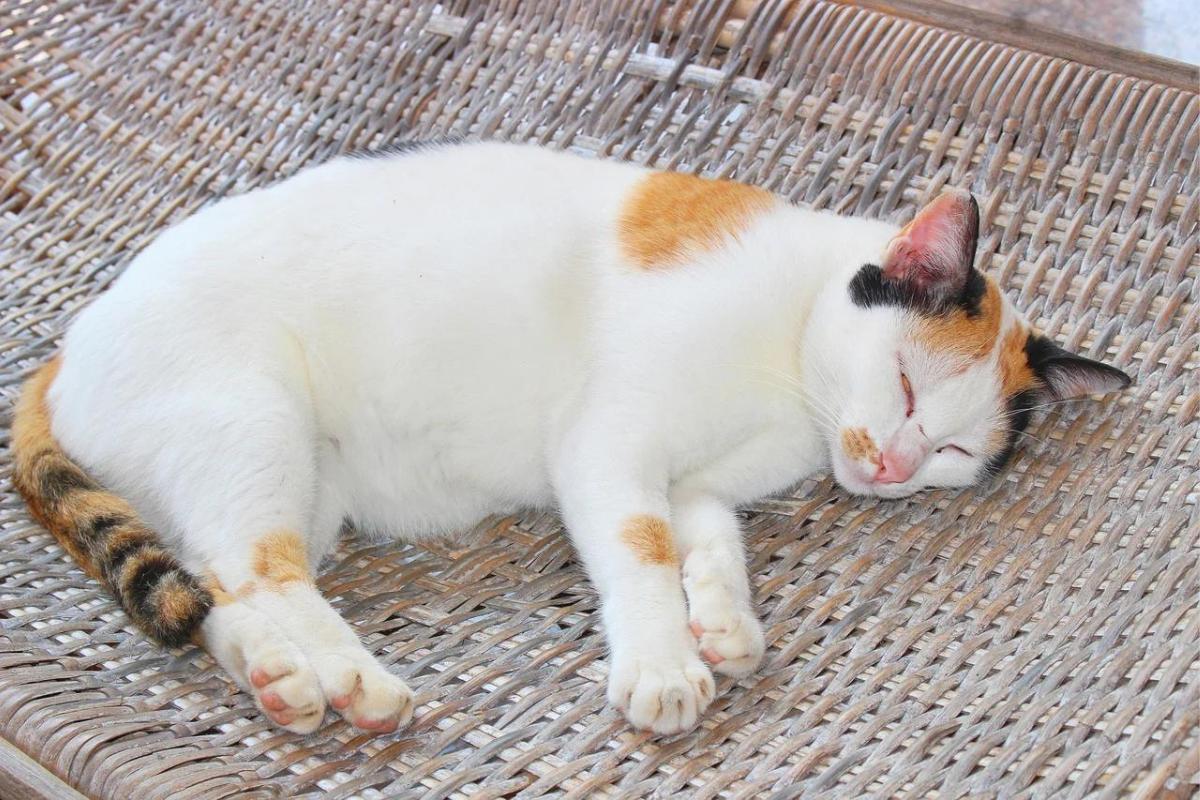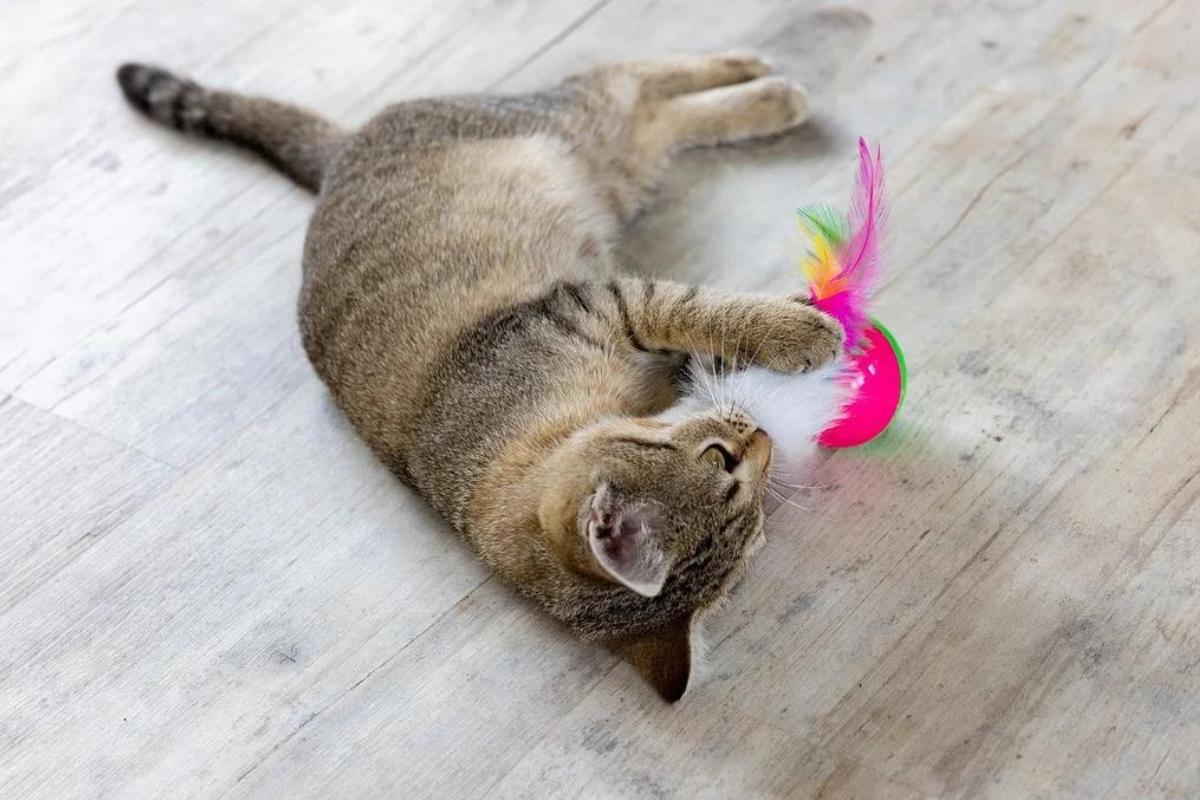Life Cycle of a Cat - Stages of Development



See files for Cats
Cats progress through a number of life stages in their lifetime. As a cat guardian, learning how they change physically and behaviorally will help you to provide the right level of care at every stage of development. Remaining ignorant of these stages can mean you provide the wrong care, making natural changes in a cat's life even harder than they can already be. For example, we can misdiagnose normal signs of aging for disease and harm them with improper treatment. Understanding a cat's life cycle and what we can expect helps the cat, but also provides reassurance to guardians.
This is why AnimalWised explains the life cycle of a cat. By looking at the different stages of development in domestic cats, we can learn what is normal and what might need veterinary intervention.
Kittenhood (0-6 months)
The first stage in the life of a cat is called kittenhood and lasts from birth to 6 months of age. This roughly corresponds to the first 10 years in the life of a human.
- In the first hours of life: it is important for kittens to drink their mother's colostrum in order to receive antibodies, since their intestines become impermeable to immunoglobulins later in life. This is the first milk produced during lactation which helps to fortify the vulnerable newborn kittens.
- In the first month: kittens are fed exclusively with mother's milk for their first four weeks. After this time, kittens can begin weaning by consuming solid food gradually and moving on to wet food or dry food moistened with water. If you want to know more about weaning in cats, do not hesitate to read our article on weaning kittens.
During this stage, kittens grow and develop continuously, meaning the changes are very fast. Cats in this phase are generally more active and mischievous. They're constantly on alert to any changes in their environment. During the first three months of life, they should have close contact with their mother as she will teach them many skills they need to survive as a cat.
Socialization period in kittens
The kitten's socialization period begins during this phase, specifically between 2 and 7 weeks. This is an important phase for the future behavior of the cat. Kittens that are actively socialized are less fearful in unfamiliar situations and adapt better to changes in their environment. Kittens that are not properly socialized often develop behavioral problems such as aggression, inappropriate play behavior and fear.
You can help your kitten during their socialization life stage by accustoming them to the following stimuli:
- Transport: car rides, carriers or harnesses.
- Noises in the home: tools, appliances, voices, music, outside noise, etc.
- Other animals and people: the animals should be well socialized and vaccinated.
- Grooming: cutting nails, brushing teeth, bathing, etc.
Neutering
Kittens should ideally be spayed or neutered before they reach sexual maturity in males and before their first heat period in females. This will best help to avoid behavioral problems in later stages of the cat life cycle. In female cats, this should be done before the first heat to reduce the risk of diseases affecting the reproductive organs, such as pyometra, uterine cancer, ovarian cysts, breast cancer and other diseases.
In male cats, the risk of testicular and prostate tumors and behavioral problems related to sex hormones is also lowered with early neutering. In general, neutered cats are more calm and affectionate because they are not under the stress of being confined when they feel the need to reproduce. This stress can lead to frequent meowing, scratching, inappropriate urination and defecation, as well as other behavioral issues.
Vaccination and deworming
Your kitten will usually need two vaccinations at the beginning, the first at nine weeks of age and a second booster at three months of age. After this time, kittens and cats usually require booster shots once a year. Until your kitten is fully vaccinated, you should keep them indoors. It is extremely important for you and your cat to keep your cat's annual vaccination appointment.
Similarly, a deworming schedule will need to be established at this time. The veterinarian should establish it soon after birth once they have had their initial checkup. They will tell you which deworming agents your cat needs since they can differ according to location and other factors.
Learn more about diets for young cats with our article on what to feed a 1-month old kitten.

Junior or adolescent (7 months - 2 years)
This stage of your cat's life includes the first 7 months to 2 years of life. This corresponds to about 11 to 27 years of the average human life cycle, i.e. adolescence and early youth. Although humans and cats are very different animals, we can make parallels since the stages of cat development bear similarities to our own.
At 7 months of age, the cat is practically an adult and sexually mature, especially in precocious short-haired breeds like the types of Siamese cat. Due to their young age, cats at this stage are strong and playful, with lots of energy and desire to explore. Without sterilization, hormones will affect their behavior. Cats will display signs of jealousy with shrill meowing, scuffles and attempts to escape, as well as territorial markings and behavioral problems.
Most health issues occur at this stage of life due to infectious diseases, which are particularly common in young cats. This is especially so in male cats that go outside and come into contact with feral cats. Cats at this age are more likely to be run over and injured due to higher levels of energy and subsequent erratic behavior. This is why it is imperative guardians with cats in this phase of their life cycle engage their kitty with physical and mental stimulation through environmental enrichment. Provide your cat with toys that sharpen and redirect their natural instincts in a healthy way.
Guardians with adolescent cats should introduce them to adult cat food at this stage, providing them with a protein-rich meal. This will help to ensure their overall health.
If you wish to know more about what kind of games you can play to stimulate their mental and physical health at this stage, keep reading this article on 10 games to entertain my cat.

Young adult (3-6 years)
For comparison, cats aged 3 to 6 years are equivalent to a human aged around 30 to 45 years. Cats at this age already have strongly developed personalities and habits. If they have not been properly socialized and accustomed to change, they will have a hard time adapting to new routines.
At this age, cats continue to suffer from infectious diseases, especially if they have not been vaccinated. They may also suffer from parasite infestations, digestive problems such as inflammatory bowel disease, food hypersensitivity, and dental diseases such as periodontitis or gingivostomatitis. For this reason, a check-up with the vet should be carried out yearly, even if our cat otherwise appears healthy and strong.
Behavioral problems due to sex hormone production will continue to occur as long as they have not been spayed or neutered. Even though they are calmer than when they are kittens, they will continue to want to play often. Their energy can also high, so daily play should not be neglected. Discover how dental problems affect a cat's well-being at any stage of their life cycle with our article on why a cat has yellow teeth.

Mature (7-10 years)
This stage corresponds to the ages of between 45 and 60 years in humans. Cats in this stage gradually reduce their playfulness and energy, spending more time resting and watching us. For this reason, cats can gain weight if we do not continue to adjust their daily food rations. Although your cat has turned 7, this does not mean they do not want to play anymore. Many of them will often continue to ask you for playtime, something you must provide to keep them happy and healthy.
During this stage, it is essential that they see a vet at least once a year to check on their health, as they are becoming mature and older, and are at increased risk of many diseases, such as:
If possible, cats should always have access to water via a cat fountain when away from home to promote their water intake and protect their kidneys. Chronic kidney disease is more common after 7 years of age and can be very serious if not detected early. If you notice that your cat is drinking more, urinating more, or vomiting occasionally, you should take them to the vet and have their kidneys checked.
If you want to know more about what kind of food you should give your cat if it suffers from kidney disease, do not miss this other article about feeding cats with kidney stones.

Senior (11-14 years)
A cat's 11 to 14 years are equivalent to 60-75 human years. At this age, cats tend to rest a lot and play a lot less, although they may still have a playful streak. They are much more susceptible to chronic conditions such as kidney disease, feline lower urinary tract disease (FLUTD), diabetes mellitus and hyperthyroidism, as well as various types of cancer.
Hyperthyroidism is the most common endocrine pathology in older cats. It may be suspected if your cat has more appetite, but loses weight, increases activity, is very vocal and vomits.
Animals during the elderly cat life stage require a veterinary checkup at least once a year, as well as any time there is a change in their behavior or physical state. In addition, tumors are much more common from this age than in young cats, which can affect their quality of life and life expectancy, especially if they are not diagnosed in time. FLUTD is characterized by several symptoms, but most often we first notice it when the cat has difficulty urinating.

Geriatric (15+ years)
A cat that is 15 years old or older is already considered a geriatric cat, similar to an adult human being who is 80 years of age or older. At this part of the cat life cycle, cats may suffer from bone and joint diseases such as osteoarthritis. They may also be reluctant to climb heights, spend a lot of time resting or meow when certain areas of their bodies are petted.
It is also relatively common for them to develop neurological disorders such as senile dementia, which is similar to that of humans. Symptoms include meowing at night and behavioral problems such as urinating and defecating outside the litter box, as well as hiding for long periods of time.
In addition, it increases the risk of suffering from all feline diseases, especially those of older cats, such as:
- Kidney disease
- Hyperthyroidism
- Diabetes
- Heart disease
- High blood pressure
- Tumors
Checkups at the veterinarian should be performed frequently, especially for sick cats. Diet should be adapted to the new requirements of geriatric cats. It is very rare for geriatric cats to play, but if they do not have joint damage or arthritis, they may occasionally need to. Due to their low energy levels and many years of living together, they can be calmer and can tolerate petting and manipulation better.
You can learn more about what to expect if your geriatric cat does develop cancer with our article on why an elderly cat has a tumor.

If you want to read similar articles to Life Cycle of a Cat - Stages of Development, we recommend you visit our Facts about the animal kingdom category.
- Alvarez, R. (2018). Feline ethology: Basic guide on cat behavior. Amazing Books SL










